A High-Dollar, Highly Outspoken Women’s World Cup
Latin American players push for free expression and equal pay at this year’s tournament.
Welcome back to Foreign Policy’s Latin America Brief.
Welcome back to Foreign Policy’s Latin America Brief.
The highlights this week: Latin American athletes are embracing activism at the Women’s World Cup, Brazil’s sugar industry is souring its electric vehicle ambitions, and violence in Ecuador looms over a presidential election.
Pay to Play
The FIFA Women’s World Cup, hosted this year by Australia and New Zealand, has already delivered big matches—and big business. On just the fifth day of the tournament, and after securing lucrative broadcasting contracts, event organizers had already reached their goal of selling 1.5 million tickets. Latin American countries have had a strong showing thus far: Ary Borges scored a rare hat trick in Brazil’s opening match, while underdog teams such as Jamaica and Haiti have shone on the pitch. Public officials in the region have taken extra steps to promote viewership of this year’s tournament, too: The Argentine government is showing games on public television, while Brazil is giving public employees time off during matches.
Women’s soccer “is the biggest growth opportunity for our sport today,” FIFA President Gianni Infantino said in July 2021. Meanwhile, the players—many Latin American stars among them—are using a growing spotlight to advocate for political issues from pay equity to freedom of expression.
Activism in this World Cup is distinct from that of last year’s men’s tournament. The tightly controlled environment both inside and outside stadiums in Qatar was designed to stamp out any form of political protest, though the Iranian and German squads made silent gestures in support of Iran’s “Women, Life, Freedom” movement and LGBTQ rights, respectively. Overall, the tournament demonstrated the rising soft-power prowess of many Gulf states.
It’s far easier for players to make their voices heard in this year’s host countries, and the Brazilian national team did so from the moment they arrived, touching down in an airplane painted with an image of Mahsa Amini, the Iranian woman whose death in police custody in 2022 sparked nationwide protests. The plane was also painted with messages of support for feminist demonstrators in the country. More broadly, activism has flourished surrounding this tournament because it has been international, coordinated, and targeted toward inequalities at the heart of the soccer world.
Top of mind has been the fight for better and more equitable pay for female athletes compared with their male counterparts. Members of 25 national squads, including Uruguay, Chile, and Jamaica, sent a letter to FIFA ahead of the tournament calling for it to increase the tournament prize money for female players, among other demands, including better travel conditions for tournaments. It was coordinated by the international players’ union FIFPRO, where former Chilean and Colombian women’s national team players are currently organizers.
FIFA distributed a total of $400 million in prize money at the 2018 men’s tournament but only $30 million at the 2019 women’s tournament, despite it being watched by more than 1 billion people worldwide. In their letter, the players argued that increased financial investment was crucial for creating professionalization and fair opportunity in their sport.
As a result, FIFA announced in June that, for the first time, a minimum of $30,000 would be paid to each woman who participates in the tournament. The payment is a significant amount for South American players, according to Argentine women’s national team defender Aldana Cometti. Even so, when bonuses for top-performing teams are added up, players in this tournament will only receive $110 million in total from a performance-based fund from FIFA, while male players received a total of $440 million for the 2022 Qatar competition. FIFA, for its part, has an estimated nearly $4 billion in reserves and has projected that it will make some $807 million in revenue in 2023.
This push is part of a broader international movement to gain better compensation and treatment from women’s teams’ respective clubs and countries. One FIFA survey of women’s professional clubs in 2022 found that their average player salary was only $14,000. The U.S. women’s national team memorably reached an equal pay agreement with the U.S. national soccer federation in 2022 after years of legal battles. Those disputes were so front of mind during the 2019 Women’s World Cup that the stadium broke out in chants of “equal pay” when the United States won the tournament.
Yet the success of the U.S. team has not necessarily translated to countries where soccer salaries differ vastly. Writing in the Athletic this week, former U.S. player Sam Mewis recalled that she was eager to share the lessons of her team’s successful battle with female players in other countries but quickly realized women elsewhere often faced very different contexts for organizing, from legal environments to the level of support from fans. “I couldn’t share a blueprint for achieving equal pay when, relatively, my personal experience was akin to starting on third base,” she wrote. “I was blown away by what these other women have faced in their own journeys toward a more equitable, safe, and sustainable life in football.”
In some Latin American countries, such as Costa Rica and Brazil, national federations have reached their own pay deals with female players.
At least nine national teams went into this year’s tournament in the wake of disputes—financial or otherwise—with their respective federations. Some athletes, such as former Colombian player Isabella Echeverri, say they believe they were dropped from national team rosters for speaking up about poor conditions. In Haiti, the head of the soccer federation was accused of sexual misconduct and was eventually suspended by FIFA in 2020 but then reinstated by the Court of Arbitration for Sport this year.
While organizers celebrated the announcement of the $30,000 pay floor, last week Infantino appeared to dial back that pledge when he said FIFA would not pay the players directly but pay their national federations—some of which have been accused of withholding pay to female players in the first place. (Brazil’s deal struck with players does not cover World Cup prize money, meaning a significant pay gap remains on the game’s biggest stage.)
More than any tournament prior, this year’s World Cup shows the results of women organizing across borders for their rights. But players have emphasized that there’s still a long way to go.
Upcoming Events
Thursday, Aug. 3: A six-month cease-fire between the Colombian government and the National Liberation Army (ELN) rebel group begins.
Sunday, Aug. 13: Argentina holds mandatory primary elections.
Sunday, Aug. 20: Guatemala holds a presidential runoff election, and Ecuador holds snap general elections.
What We’re Following
A sign for costumers reads, “This business uses bottled drinking water to make all of its products,” at a restaurant in Montevideo, Uruguay, on July 10, amid a severe drought that caused a water crisis in the country.Dante Fernandez/AFP via Getty Images
Brazil’s bittersweet success. A new report from the International Energy Agency (IEA) highlights government policies that led to the growth of Brazil’s domestic biofuel industry. Brazil’s penchant for biofuels is driven in part by its powerful sugar industry, which is a key ingredient in its ethanol. Although Brazil’s wide use of ethanol has reduced emissions in traditional vehicles, its ubiquity is making it harder for the government to encourage use of electric vehicles, or EVs, Bloomberg reports. As a result, use of EVs is projected to grow more slowly among consumers in Brazil, which could also slow emission reduction efforts. Analytics firm GlobalData estimates that by 2025, battery-powered EVs are projected to make up 18.2 percent of all lightweight cars sold globally, but in Brazil, they will only account for 1.1 percent.
Drought fallout. The ongoing drought that has plunged Uruguay into a water crisis in recent weeks is also projected to severely hurt neighboring Argentina’s agriculture sector as well as its GDP. Citing the drought, the International Monetary Fund (IMF) lowered Argentina’s GDP forecast for 2023, projecting a contraction of 2.5 percent, a reversal of its previous forecast for 0.2 percent growth this year. Argentina is already struggling to curb massive inflation and repay its outstanding IMF debts.
Meanwhile in Uruguay, consecutive years of low rainfall and poor management of a key reservoir have caused water levels to dwindle, worsening the quality of tap water around the capital of Montevideo to a level that may be unsafe for people with hypertension and other medical problems. The government has bought bottled water for some 500 thousand people and is working to engineer new access to water resources from a previously untapped river.
Diasporic partners. To mark the International Day of Afro-Latin American, Afro-Caribbean, and Diaspora Women on Tuesday, Brazilian Racial Equality Minister Anielle Franco traveled to Colombia, where Colombian Vice President Francia Márquez hosted an event to mark the occasion. The two countries signed a memorandum of understanding to cooperate on racial equality initiatives in the region, such as financing new academic research and holding bilateral events about historic disparities and steps to address them.
According to the most recent census, some 56 percent of Brazilians identify as Black. Colombia’s official numbers count the Black population at around 6 percent, but some scholars estimate the true total as higher. Black activists hope that international cooperation can influence domestic policies in their respective countries. While Colombia only established an Equality Ministry in 2023, Brazil has had a ministry-level position designing policies and keeping records on racial equality since 2003.
Question of the Week
Brazil’s Marta Vieira da Silva, known mononymously as Marta, is currently one of the highest paid female soccer players in the world. For which club does she play?
Arsenal
Orlando Pride
Lyon
Bayern Munich
FP’s Most Read This Week
- Spartans Were Losers by Bret Devereaux
- Putin’s Fear of Strong Generals Is as Old as Russia Itself by Simon Sebag Montefiore
- The Long Shadow of Oppenheimer’s Trinity Test by Jack Detsch and Anusha Rathi
In Focus: Ecuador’s Security Crisis
Military forces stand guard outside the Guayas 1 prison, where a dayslong riot between rival gangs claimed at least 18 lives, in the port city of Guayaquil, Ecuador, on July 25.Marcos Pin/AFP via Getty Images
Increasing violence and insecurity has become the central concern for Ecuadorian voters ahead of the country’s Aug. 20 snap elections. Violence escalated this week, with a mayor of a coastal city gunned down in the middle of a city street last Sunday and a prison massacre that extended for several days and left more than 30 people dead.
Ecuador was not traditionally thought of as one of the region’s drug trafficking hot spots, and for decades it enjoyed a lower homicide rate than its neighboring countries. But that has changed in recent years, as Mexican drug gangs and even the Albanian mafia have turned the country into a prime market for drug transit.
Ecuador’s homicide rate has risen more than 200 percent since 2020. Early in Ecuadorian President Guillermo Lasso’s tenure, opposition lawmakers and Indigenous activists focused their criticism on his pro-market economic reforms and plans to expand oil drilling rather than on insecurity. While in office, he declared states of emergency and sent troops to the streets in an effort to deter killings—although they did not conduct the kinds of mass arrests that have earned El Salvador’s tough-on-crime president, Nayib Bukele, negative international attention. While a government-appointed inquiry flagged overcrowding in prisons as a factor behind the violence, they remained over capacity at the end of Lasso’s tenure.
As legislative support for Lasso fizzled this May, his opponents filed impeachment charges against him for alleged corruption. Lasso decried the charges as politically motivated. Invoking a never-before-used article of Ecuador’s constitution, he dissolved Congress and called for the new elections. In the weeks since, violence in the country has worsened, and campaigning has shifted toward conversations about how to control insecurity.
The violence has prompted top presidential candidates to vow to get tougher on crime, including those from progressive backgrounds, such as Luisa González, who comes from the political movement of former left-wing President Rafael Correa, and Indigenous candidate Yakú Perez. González and Pérez also emphasize the role of social investments in their security strategies, while center-right Otto Sonnenholzner and right-wing Jan Topic focus more of their pledges around the use of force. Lasso is not running for reelection, while González leads polls.
As in El Salvador, one question looming large in Ecuador is how many rights citizens are comfortable giving up in order to maintain security. This week, a highly watched annual survey on attitudes toward democracy in Latin America was published by Latinobarómetro. Dissatisfaction with democracy was second highest in Ecuador—at 87 percent, ranking only behind Peru. It also ranked third in the percentage of respondents who said they would support a military government rather than a democratic one “if things become very difficult.” (First was Paraguay, followed by Guatemala.)
Catherine Osborn is the writer of Foreign Policy’s weekly Latin America Brief. She is a print and radio journalist based in Rio de Janeiro. Twitter: @cculbertosborn
More from Foreign Policy



Putin’s Fear of Strong Generals Is as Old as Russia Itself
Prigozhin’s rise and fall is the latest example of what happens when a ruler in Moscow fears the power of military underlings.
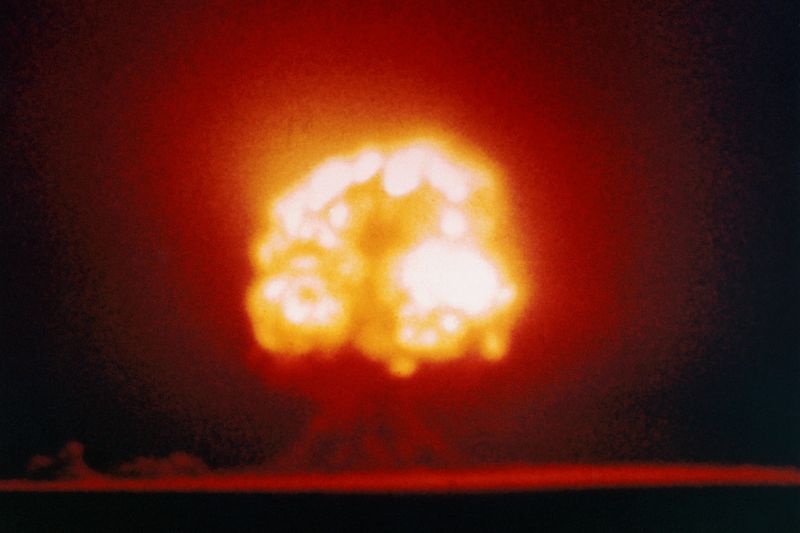


The Long Shadow of Oppenheimer’s Trinity Test
Today’s nukes would make the destroyer of worlds shudder.



You See What You Want to See in Russia
Why didn’t Prigozhin’s mutiny against Putin change anyone’s mind?



Spartans Were Losers
The U.S. military’s admiration of a proto-fascist city-state is based on bad history.
This post was originally published on this site be sure to check out more of their content.




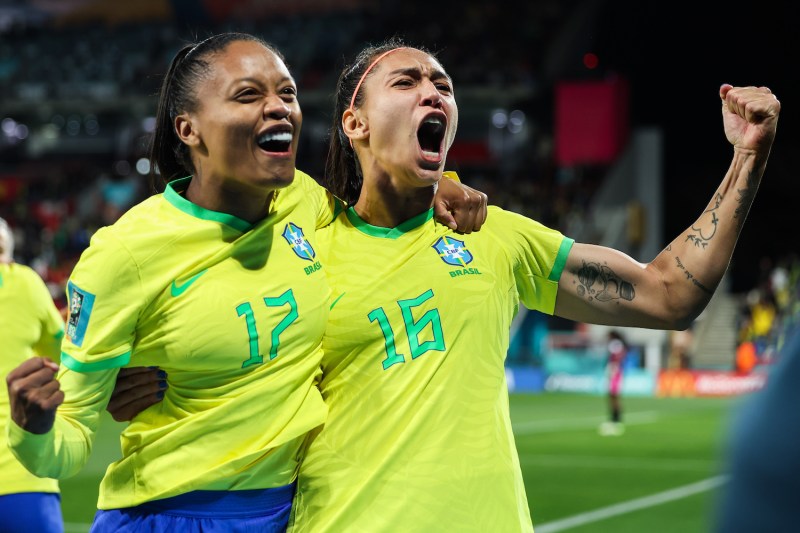
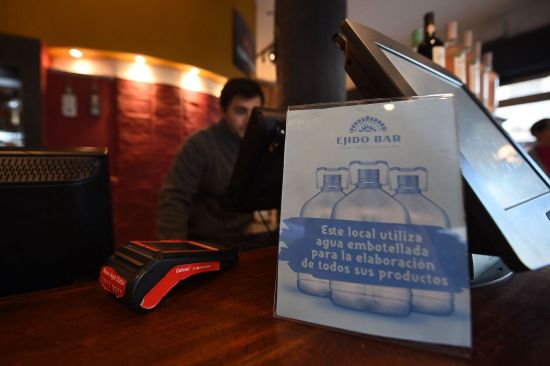

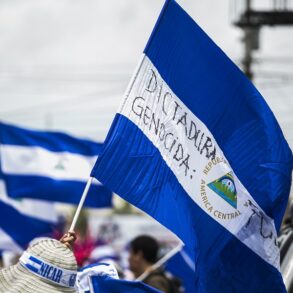
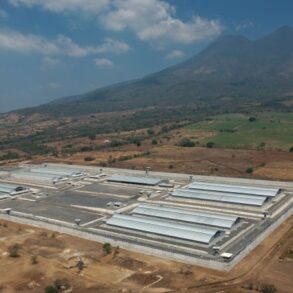


Join the Conversation
Commenting on this and other recent articles is just one benefit of a Foreign Policy subscription.
Already a subscriber?
.
Subscribe
Subscribe
View Comments
Join the Conversation
Join the conversation on this and other recent Foreign Policy articles when you subscribe now.
Subscribe
Subscribe
Not your account?
View Comments
Join the Conversation
Please follow our comment guidelines, stay on topic, and be civil, courteous, and respectful of others’ beliefs.
Change your username |
Log out